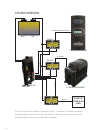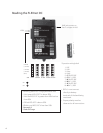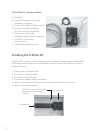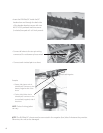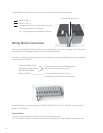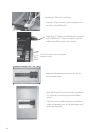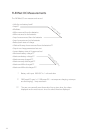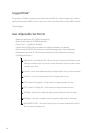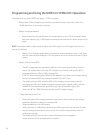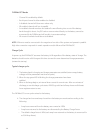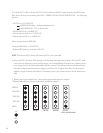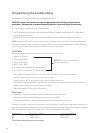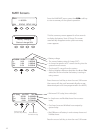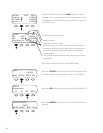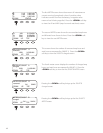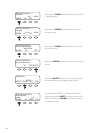13
Programming and Using the MATE for FLEXNet DC Operations
At initial power up, use the MATE (see pages 17-28) to program:
• Battery Bank 20 Hour Capacity (provided by the manufacturer) in amp hours (from 100-
10,000 amp-hours in ten amp increments)
• Battery charge parameters
Return amps: See the manufacturer recommendations or set to 2% of the battery bank
amp hour capacity (e.g. a 1000 amp hour battery bank would set the return amps to 20.0
amps)
NOTE: Older battery banks might require a higher value if the system end of charge amps does not
drop to the 2% level.
Battery End-of-Charge Voltage: See the manufacturer recommendations or set .2 volts lower
than the system absorb voltage for 12/24 volt systems and .4 volts lower for 48 volt or higher
systems
• Battery Charge Factor (BCF)
The BCF compensates for recharging ine ciency from gassing and heating losses to
assure the battery state-of-charge (SOC) display is accurate by scaling it; the BCF is
programmable from 65% to 100% (see page 29).
If the SOC percentage displays full before the batteries’ user-determined charge settings
are met, decrease the BCF percentage; increase it if the SOC is low.
The default setting is 94%, meaning 94% of the charging current is being used for
recharging and 6% is lost. OutBack suggests maintaining the default setting until the
FLEXNet DC has monitored the system through a few charge/discharge cycles.
Setting the BCF to 100% e ectively disables any BCF display changes.
• Charge Parameters Met Time
During this period, the charge parameters must meet or exceed the user-set charge
parameters before the battery is considered full.
Programmable from 0 to 240 minutes
Setting this time to 0 e ectively eliminates any ltering provided by this timer. The rst
time the charge parameters are met, the unit will consider the parameters met and
perform accordingly.
The default setting is one minute. Longer or shorter periods may apply to
certain sources such as wind generators or hydros.
•
•
•
•
•
•
•
•
•
•



